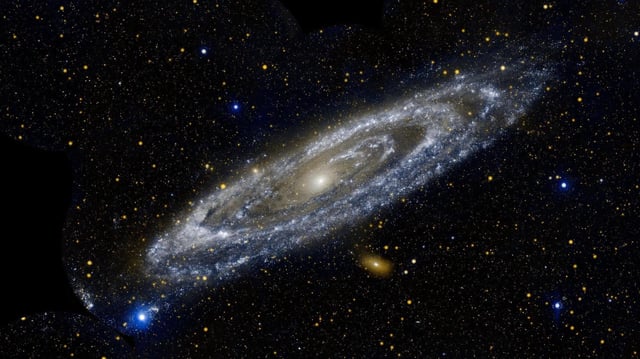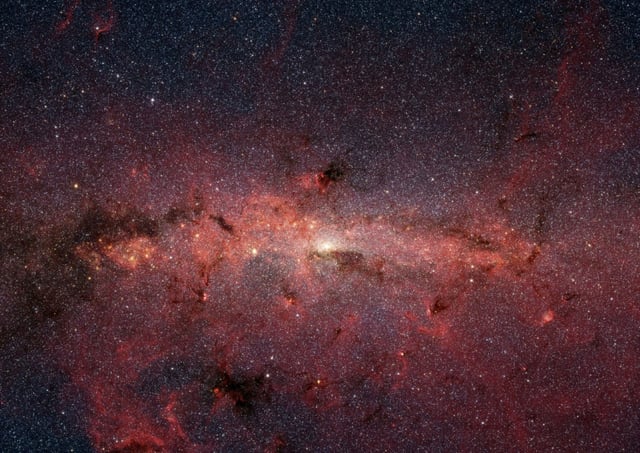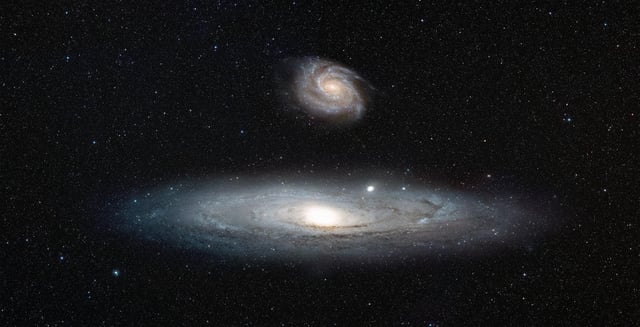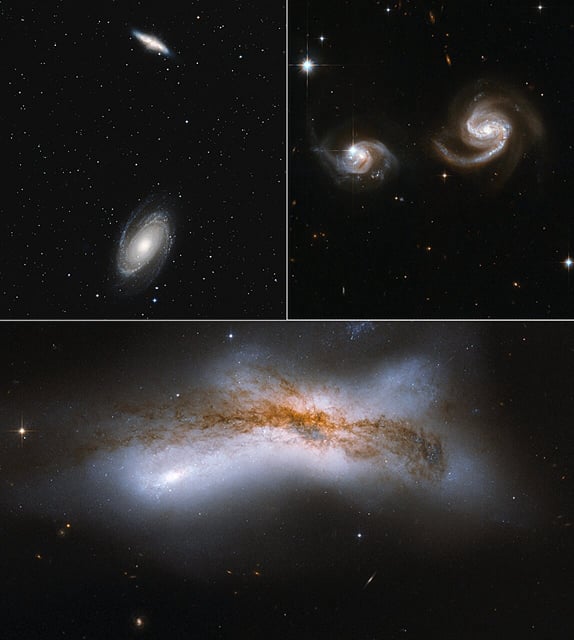Overview
- The new simulation, incorporating Gaia and Hubble observations, adjusts the predicted Milky Way–Andromeda collision window from within 5 billion years to a 50% chance over the next 10 billion years.
- Factoring in the gravitational pull of the Large Magellanic Cloud decreases the likelihood of a Milky Way–Andromeda merger by altering the Milky Way’s path.
- Lingering uncertainties in galaxy positions, motions and mass measurements create a wide range of possible outcomes for the Local Group’s evolution.
- The same models indicate a near-certain collision between the Milky Way and the Large Magellanic Cloud in about 2 billion years.
- Researchers say forthcoming data releases from ESA’s Gaia mission should help refine these long-term galactic forecasts.



